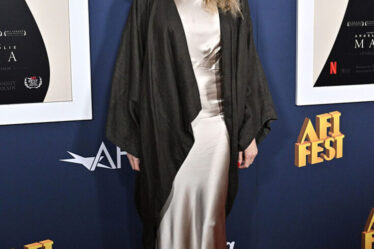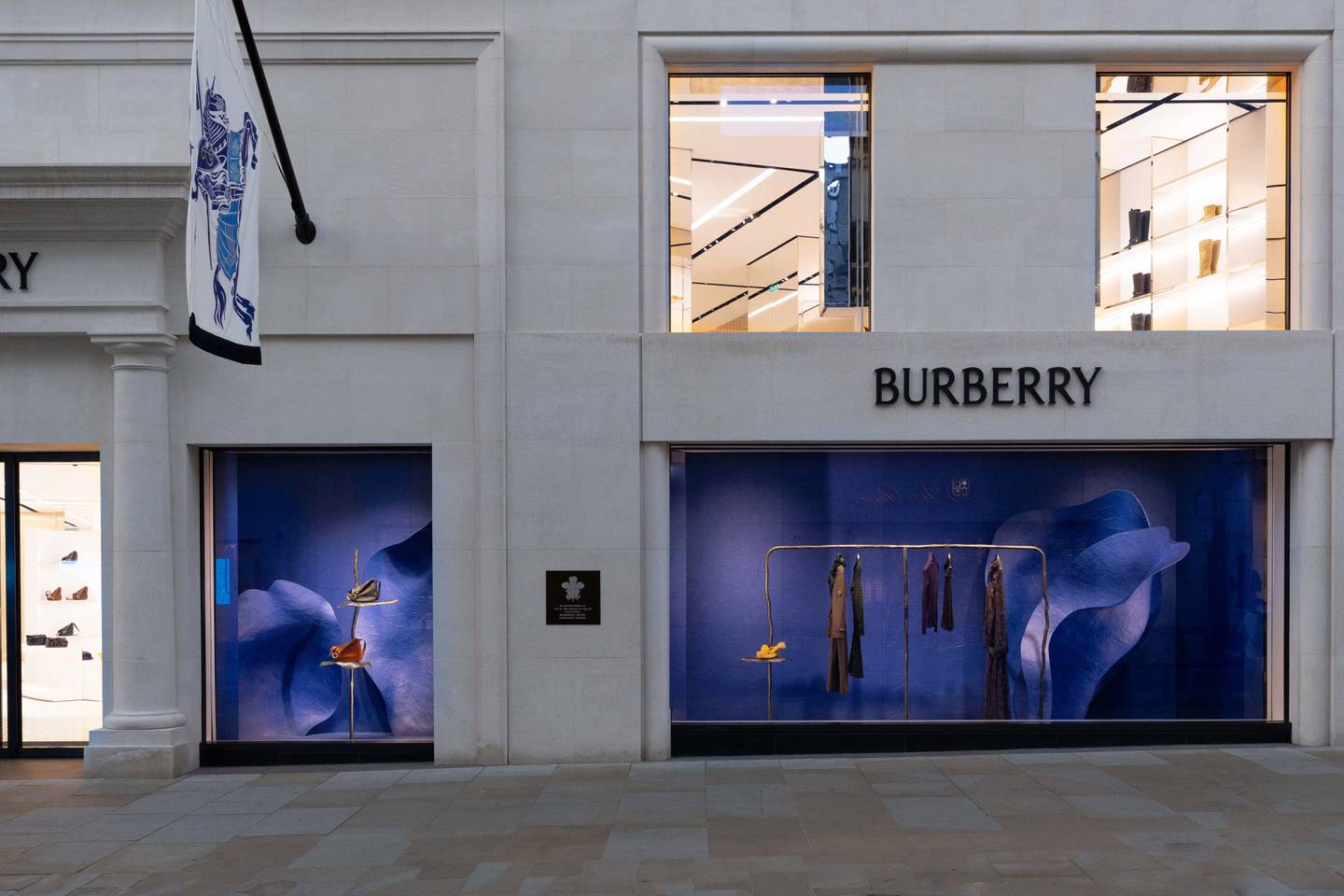
ATHENS — On Thursday evening, as I was racing to the gate to catch my flight to Athens something caught my eye. A new Burberry store had opened on the main concourse of Heathrow Terminal 5. Next to the identikit luxury stores gleaming with marble and gloss, the Burberry store looked different with its stark minimalist interiors. More like a blank canvas than a traditional luxury store concept, it was developed by former chief creative officer Riccardo Tisci, along with the Italian architect Vincenzo De Cotiis.
But it is Tisci’s successor, Daniel Lee, who has now taken the creative reins and made the store design his own, layering on top his new brand identity for Burberry which was first introduced in February and is now increasingly visible across the brand’s advertising campaigns and retail network.
A major criticism of Riccardo Tisci’s Burberry was that he never really managed to channel Burberry’s Britishness. When his predecessor, Christopher Bailey, who hails from Yorkshire, first rebooted Burberry alongside CEO Angela Ahrendts and grew it into the UK’s largest luxury brand, a big part of the success was because he told authentic stories rooted in the brand’s British heritage.
Like Christopher, Daniel also hails from Yorkshire and even grew up near the Castleford factory where Burberry still manufactures its iconic trench coats. He even has family members who have worked in various Burberry factories in the past.
Daniel seemed to be perfectly positioned to boost Burberry’s fortunes and lift the brand into the true luxury category. Not only does he have British roots, he is a strong accessories designer with a proven track record, having already reinvigorated Bottega Veneta, another dusty heritage brand that was in need of a refresh, with a sense of modernity, personality and youthfulness.
But this week, when Burberry announced a dramatic slowdown in revenue growth from 18 percent last quarter to just one percent in Q2, and warned that it was unlikely to meet its annual revenue forecasts for 2024, its shares slumped by almost 10 percent.
So what’s going on? CEO Jonathan Akeroyd attributed the deceleration to a softness in the luxury market around the world, something that has also dimmed the fortunes of other major luxury players. Plus, we are only one year into Daniel’s creative re-vamp and his first collection only started arriving in stores in September, so are only partly reflected in the quarterly results reported this week.
But there is more to it than these factors. Beyond the headline earnings numbers, buried in the accompanying press release, is some interesting information that can help us understand how Daniel Lee’s new vision for Burberry is playing out, and whether Akeroyd’s strategy to make Burberry a £4 billion modern British luxury brand within the next 3 to 5 years is beginning to bear fruit.
CRITERIA 1: COHESIVE CREATIVE VISION
When Daniel introduced a distinctive shade of green to the Bottega brand, it became an instantly recognisable part of the brand’s identity that ran as a consistent thread connecting its collections, ad campaigns and retail stores. This was a big shift in direction when compared to the very understated vision of Bottega Veneta under Tomas Maier who had helmed the brand for 17 years.
At Burberry, Daniel has taken a similar approach, introducing a new signature blue colour and brand identity which feels distinctive in a luxury landscape full of sans serif logos. Each time I return to Heathrow from my travels, the Burberry ad campaigns in Terminal 5 baggage hall always strike me as representing a new idea of modern Britain, with a diverse cast of characters from across British culture and society.
The brand says its campaigns and activations are “recognisably Burberry,” telling “a coherent brand story,” and I agree. This is the part of the Burberry reset that we have had the most time to sit with, and just nine months later it feels cohesive and clear. Recent activations like the Burberry Streets campaign, created more organic conversation about the brand than I can recall in a very long time, even if not all of it was positive. What’s important is that brands feel part of the zeitgeist, and Burberry is starting to do this in a noticeable way.
CRITERIA 2: ESSENTIAL, MUST-HAVE ACCESSORIES
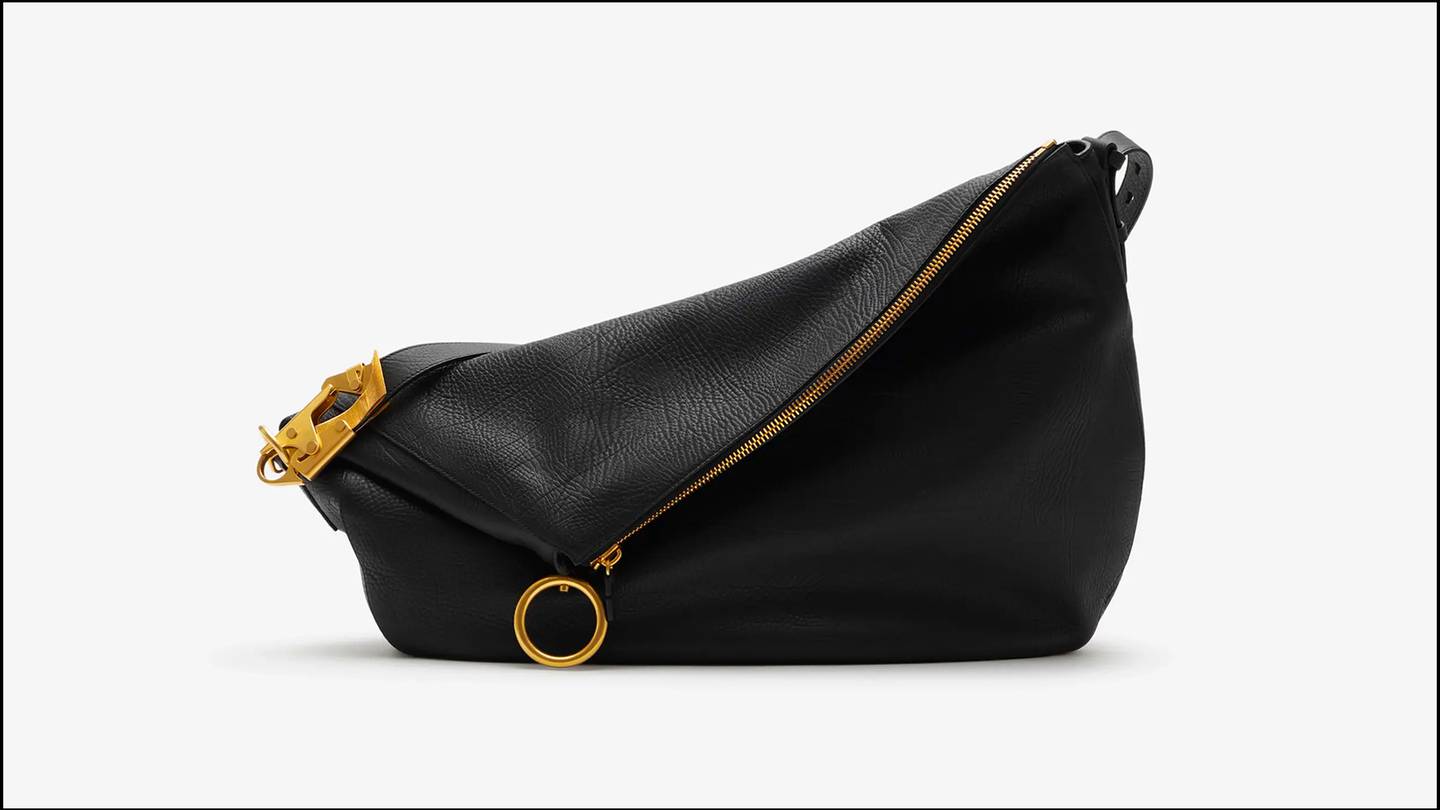
An essential part of the luxury megabrand formula is building a successful leather goods business, something that neither Christopher Bailey nor Riccardo Tisci really managed to do while they were at Burberry. During his tenure at Bottega Veneta, Daniel created a flurry of hugely successful, distinctive bags — the Pouch, the Cassette, the Jodie — all of which are still selling in Bottega stores today, a testament to the longevity of his designs.
Indeed, Daniel spoke at length about his intention to focus on accessories in a recent interview with BoF’s Tim Blanks. But in its Q2 earnings press release, Burberry reported that leather goods comparable store sales grew by 8 percent, driven by 14 percent growth in bags, which is better than the 1 percent revenue growth overall, but nowhere near the pace of growth that the brand will ultimately need to realise Akeroyd’s vision.
Daniel’s products have only been on the shop floor for six weeks, so it’s too early to have a decisive point of view on how well this is working. But on a recent visit to Burberry’s renovated flagship store on London’s Bond Street, I couldn’t see a bag design that can do for Burberry what the Cassette and Pouch did for Bottega. The strongest bag in the offering is the Knight bag, with its slouchy off-duty style and unique horse clasp hardware, which links back nicely to the equestrian knight motif revived in February 2023. But neither this nor the Rose Clutch or Chess Satchel seem to have the same kind of magic as Daniel’s designs at Bottega.
CRITERIA 3: LEVERAGING THE BURBERRY CHECK AND TRENCH COAT
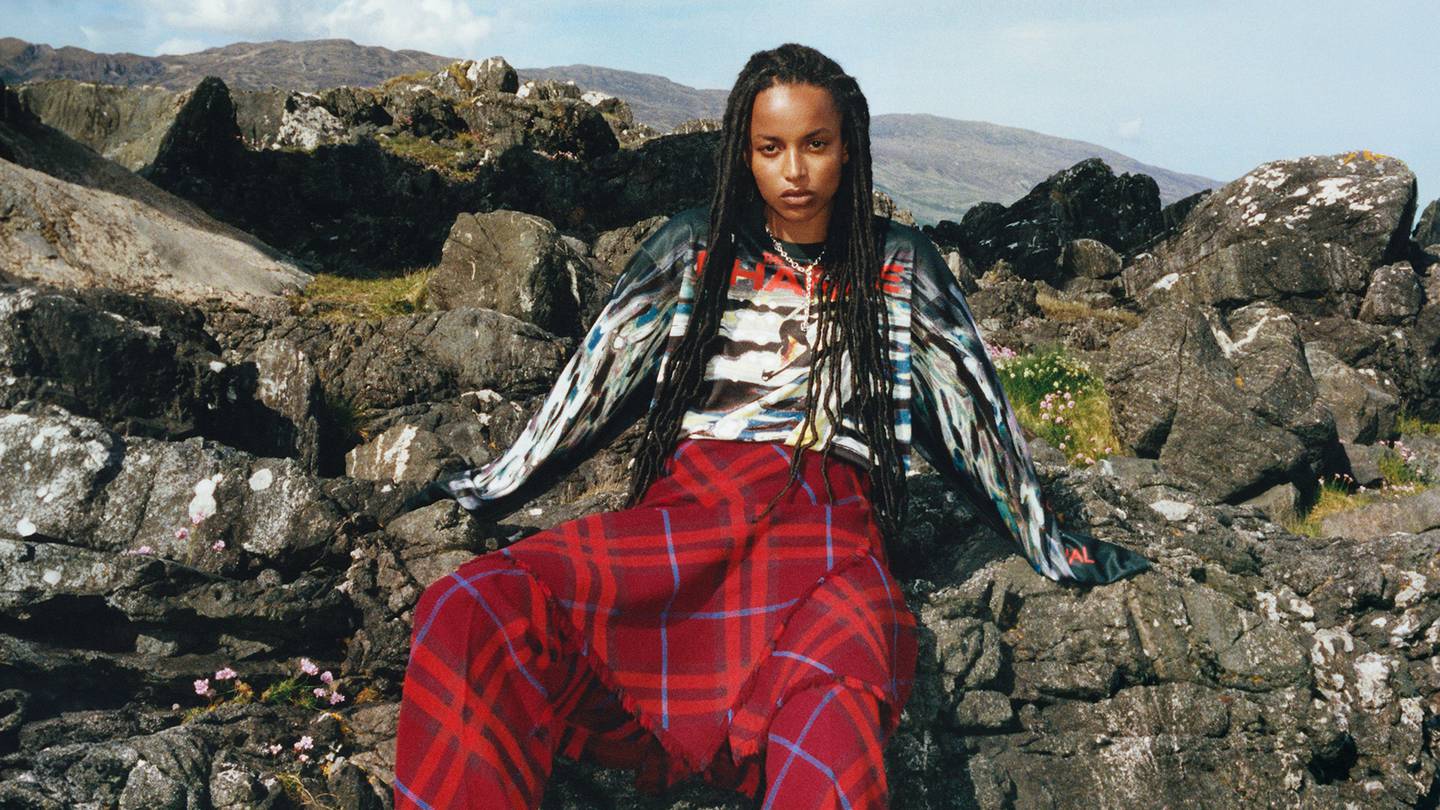
Historically, the trench coat has been a pillar product for Burberry and so this must be part of any successful commercial and creative strategy for the brand. Indeed, for a business that was founded on the basis of protection from the weather, there is a much bigger opportunity here for Burberry overall, which is perhaps more naturally in line with Burberry’s heritage than bags and shoes.
Today the outerwear space in luxury is dominated by Moncler, which has done an outstanding job developing the category, but there is still room for Burberry to play here too, and early indicators are that the heritage rainwear category is performing well, with comparable store sales up 21 percent in the first half of fiscal 2024.
What’s missing is the creative innovation, which has been key to keeping the Moncler puffer jacket in the fashion conversation. The low-waisted trench coats in Daniel’s most recent show didn’t land. The silhouette looked awkward rather than cool, and would be hard for a more mainstream customer to adopt and buy into. Daniel has also leaned heavily on the check — and perhaps too heavily — on oversized ready-to-wear silhouettes that are not flattering.
It’s still early days at the new Burberry and we always need to give a CEO and designer the time to realise their vision. Still, one year in it’s fair to say that aside from the overall softness in the luxury market, the constituent pieces of Akeroyd and Lee’s Burberry revamp aren’t clicking together just yet. We’ll be looking for more progress on the product front in the coming year, as ultimately this brand revamp will need to get cash registers ringing too. The clock is ticking.
The BoF Podcast
The author has shared a Podcast.You will need to accept and consent to the use of cookies and similar technologies by our third-party partners (including: YouTube, Instagram or Twitter), in order to view embedded content in this article and others you may visit in future.
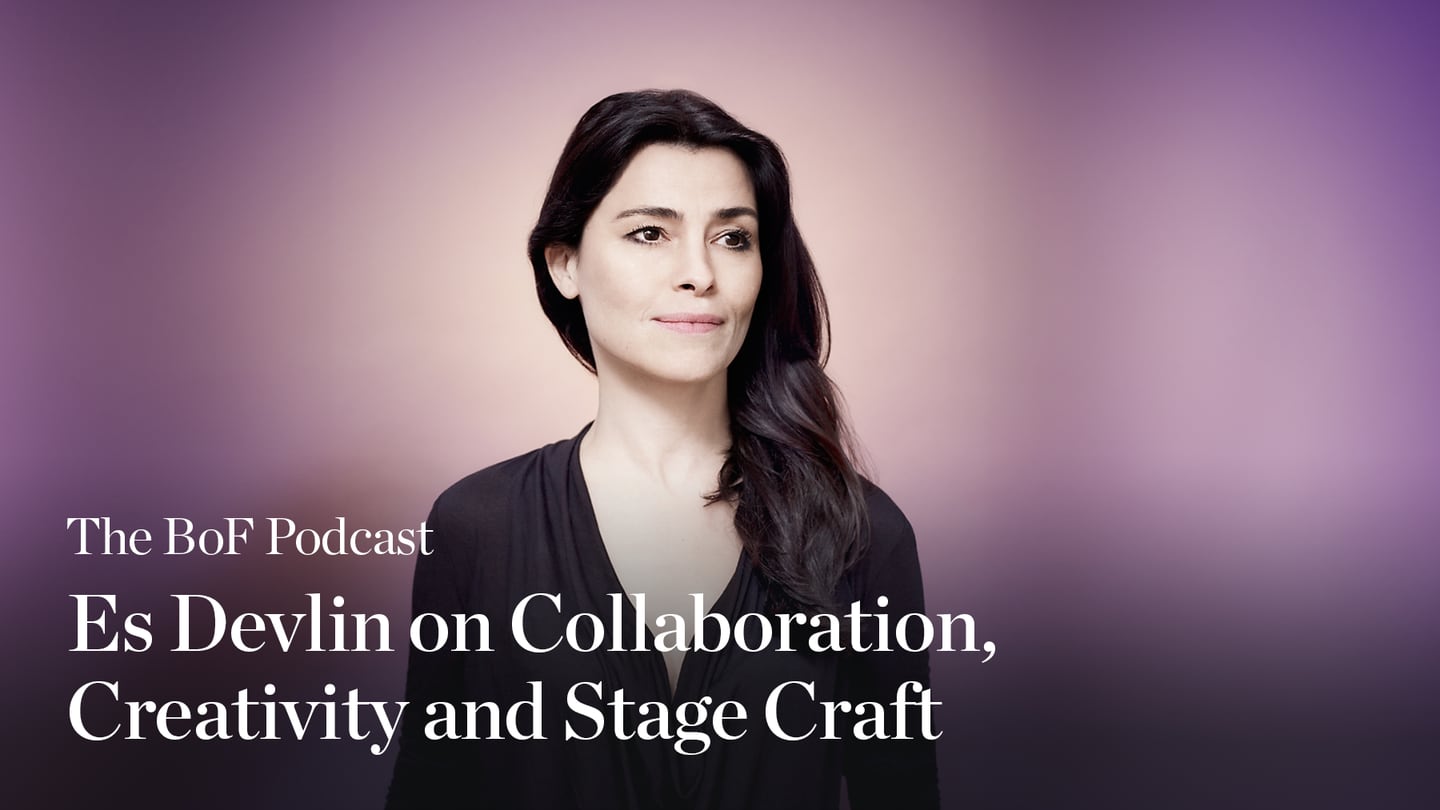
In the world of set design, Es Devlin is a trailblazing, unstoppable force. Her remarkable career has seen her craft stages for global superstars like Beyoncé, U2 and Adele as well as immersive experiences for Louis Vuitton, Saint Laurent and most recently, Gucci which recently brought its Cosmos exhibition to London’s 180 The Strand.
But to describe Es as a set designer only feels somewhat reductive. She is a deep thinker who approaches her work like a creative philosopher, examining critical questions about the world.
This week on The BoF Podcast, I’m delighted to share this mesmerising conversation, filled with beautiful insights and observations from one of the world’s most talented creatives.
Imran Amed, Founder, CEO and Editor-in-Chief, The Business of Fashion
Plus, here are my other top picks from our analysis on fashion, luxury and beauty:
1. Can Luxury Brands Grow in 2024? For over a decade, luxury brands could depend on casualisation, China and a post-pandemic boom to drive record sales and profits. Now that those factors have played out, it’s unclear where they will turn next for growth.
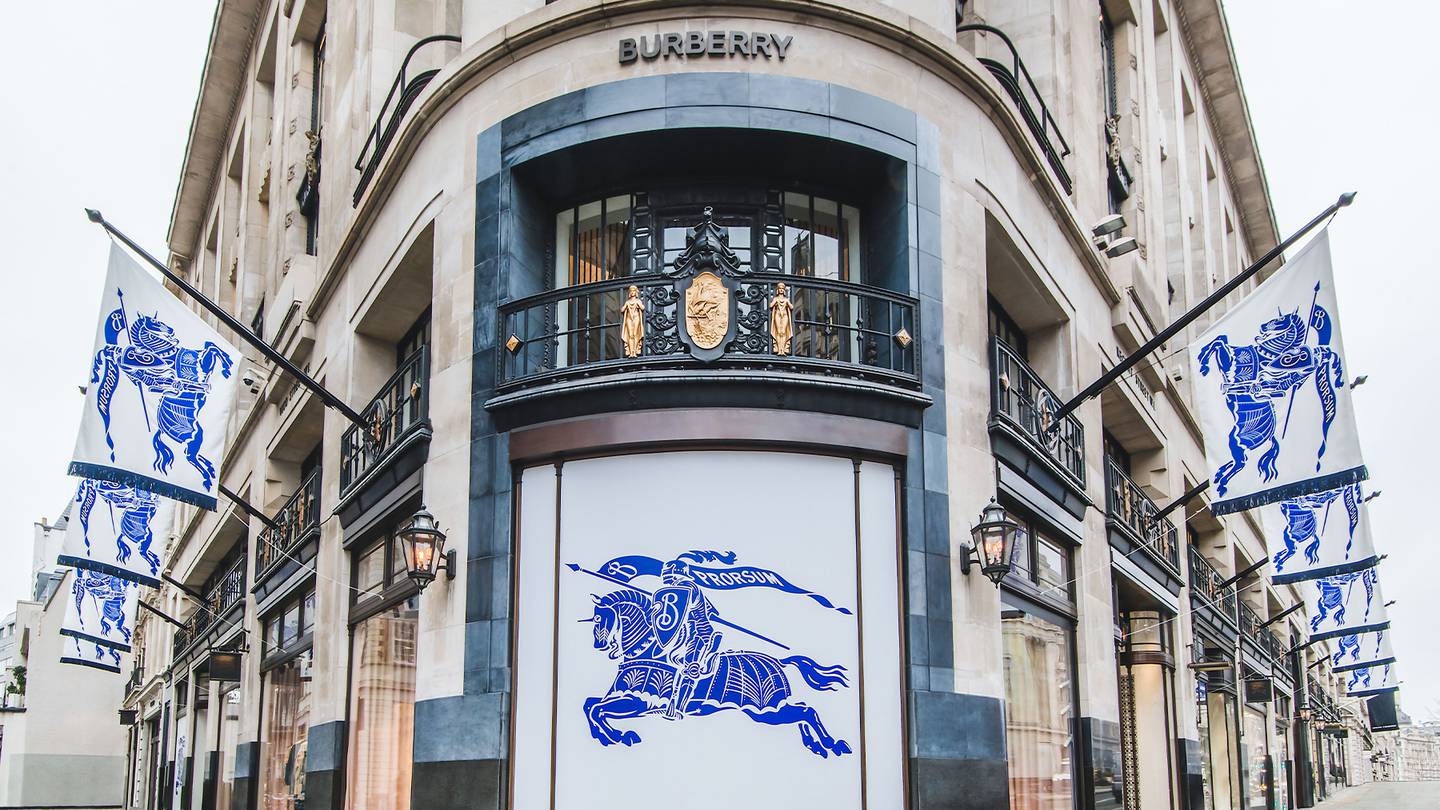
2. Case Study | Fashion’s New Rules For Sports Marketing. Capitalising on sport’s soaring commercial and cultural relevance is becoming a primary focus for fashion brands. Winning sports-marketing strategies today hinge on building long-term, collaborative partnerships with athletes and organisations that resonate with a brand’s target consumers, as experts in BoF’s latest case study explain.
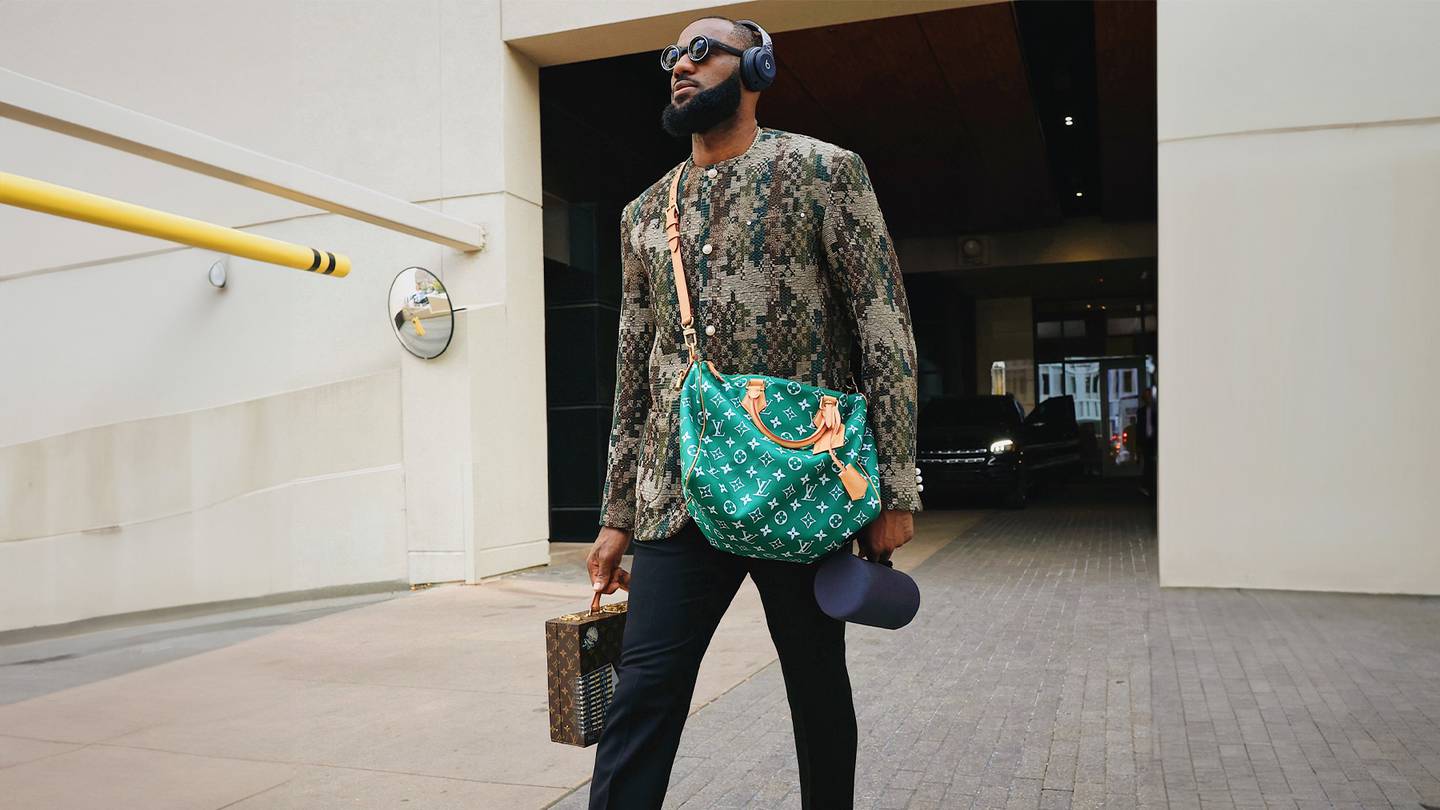
3. The Secrets Behind Totême’s Success. Founders Elin Kling and Karl Lindman built a €100 million global business selling luxe staples like cashmere coats and striped turtleneck sweaters. Now, their label is embarking on its next chapter, opening a string of new stores and launching a jewellery line.
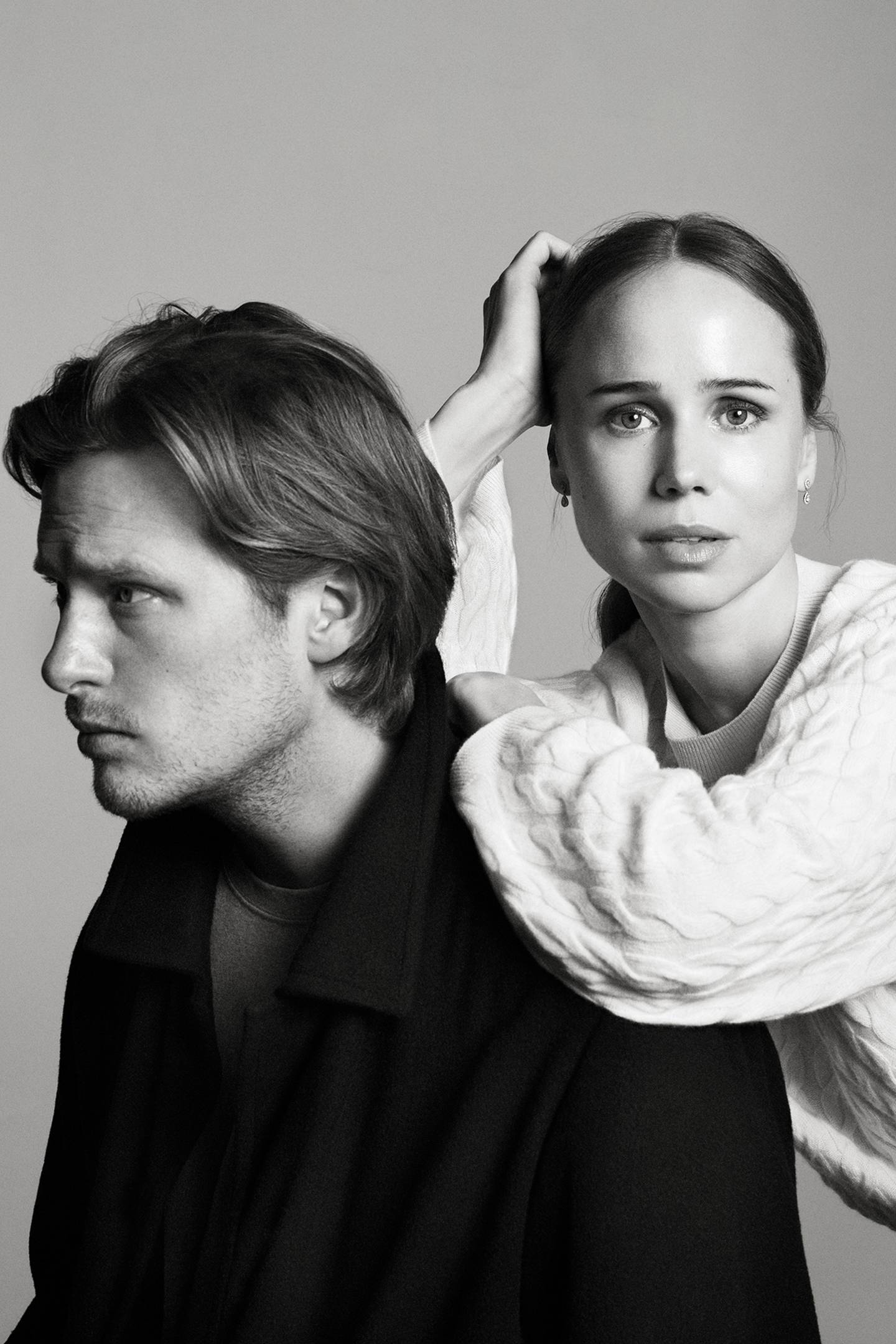
4. Schiaparelli: Diego Della Valle’s Vision for Scaling a ‘Sleeping Beauty’ Brand. By pairing global recognition and potent brand signatures with an ultra-exclusive store network, the mythic couture house owned by Tod’s chairman Diego Della Valle is finding willing clients for its ready-to-wear expansion. The brand is set to lean into the momentum by opening as many as 40 locations, Della Valle revealed.
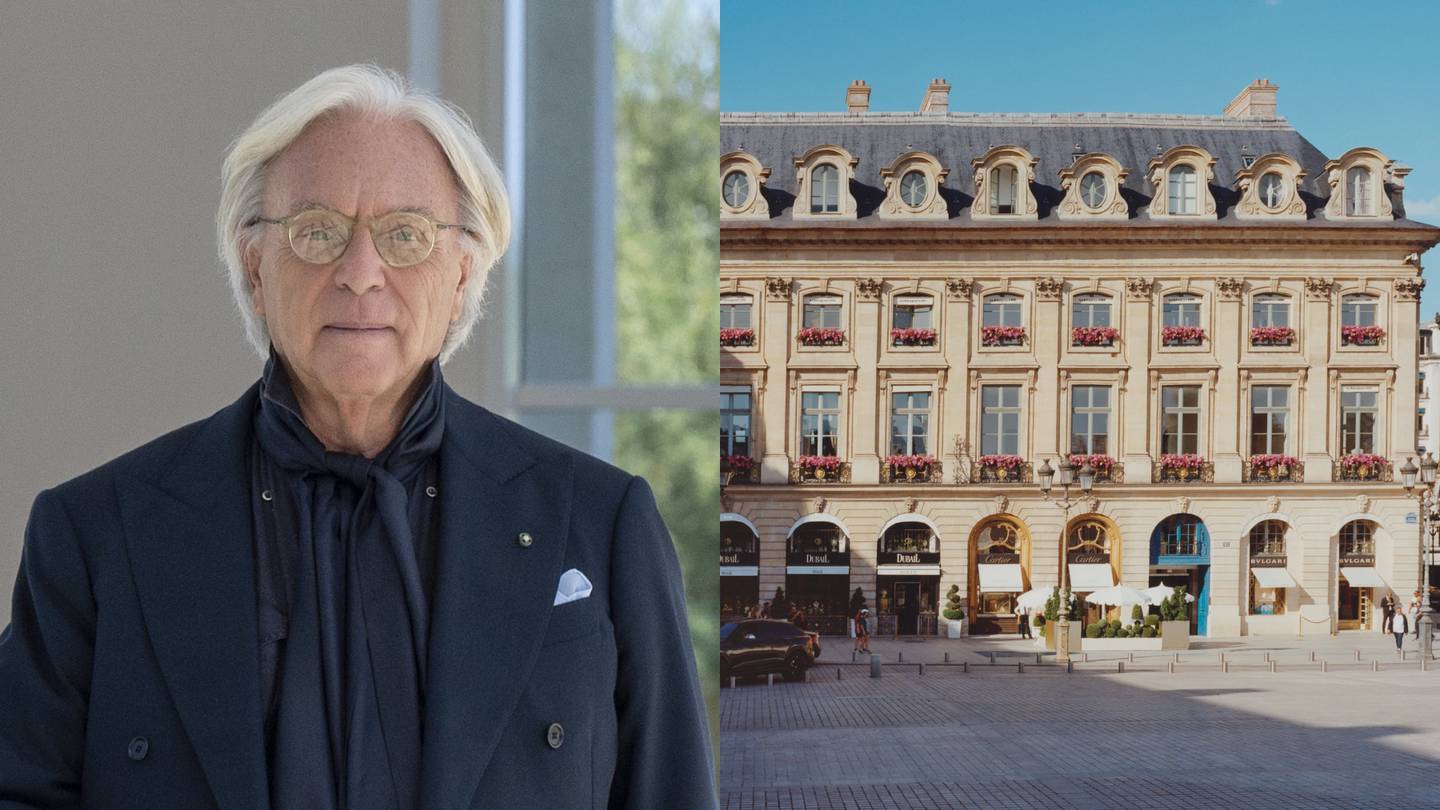
5. Inside Formula 1′s $500 Million Vegas Splurge. Through six-figure events, influencer trips and merch releases, brands are betting big on F1′s much-hyped return to Sin City.
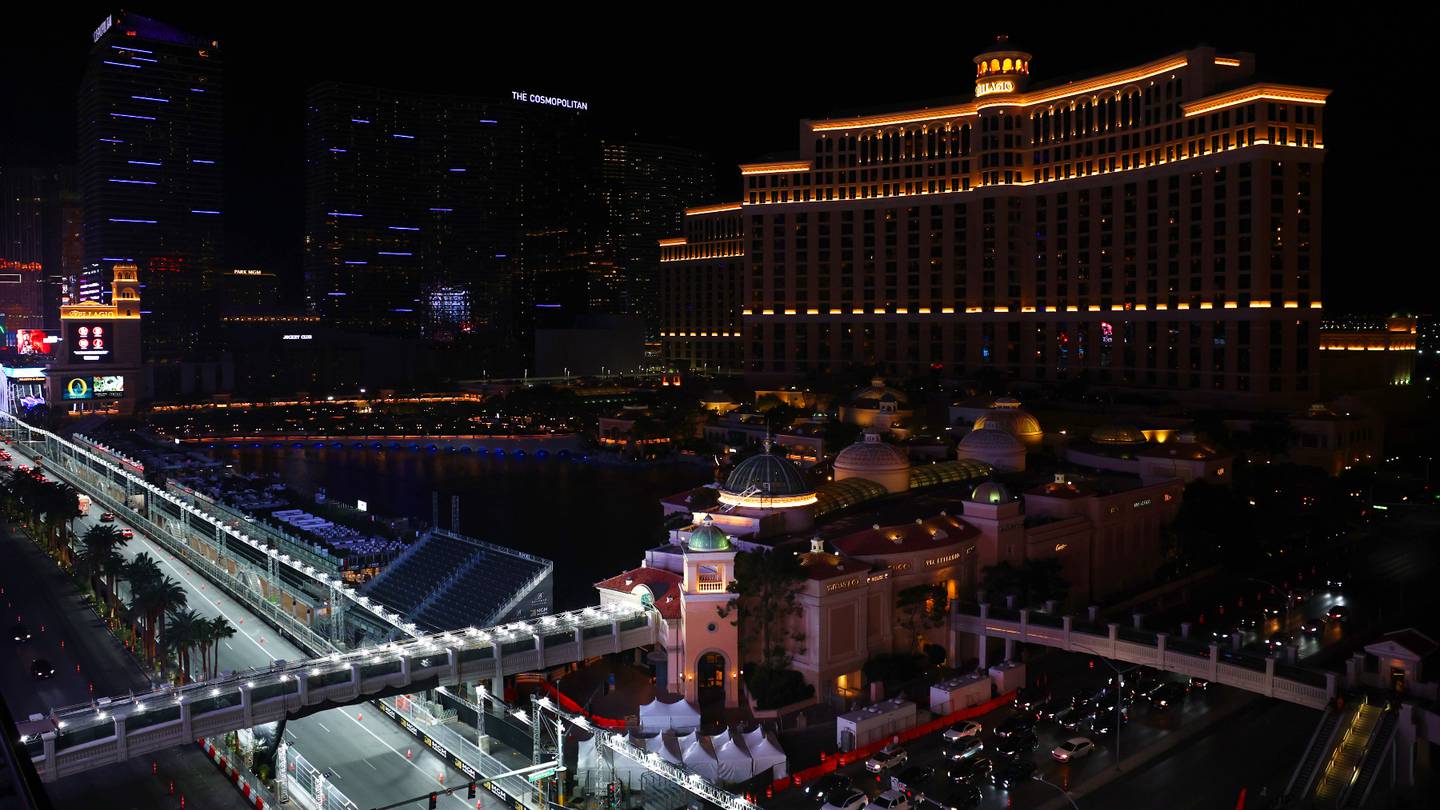
6. Why Thai Celebrities Are Fashion’s New Power Players. Global luxury brands are signing celebrity ambassadors from Thailand to tap into rising local demand and leverage the stars’ growing appeal across the wider Asia region.
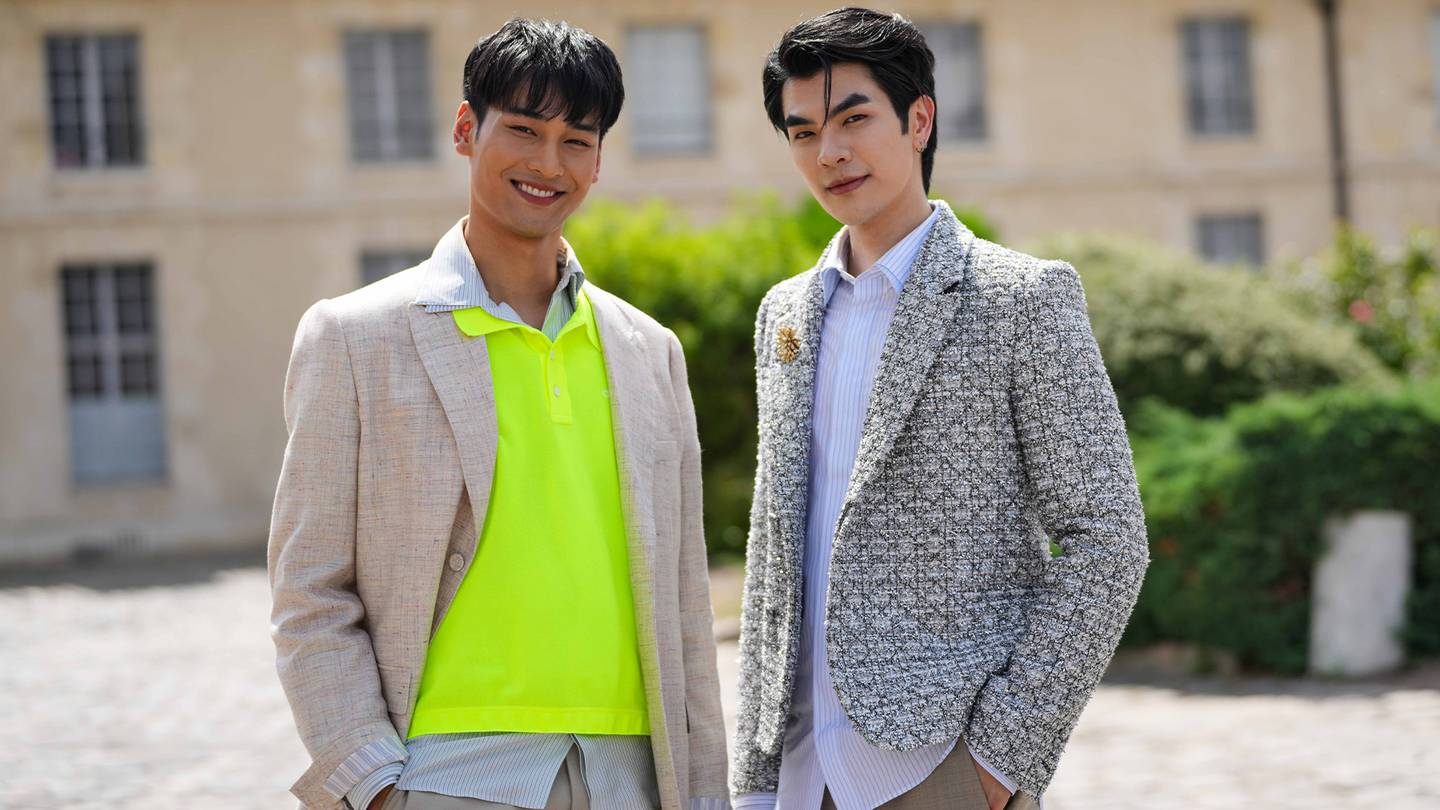
To receive this email in your inbox each Saturday, sign up to The Daily Digest newsletter for agenda-setting intelligence, analysis and advice that you won’t find anywhere else.



